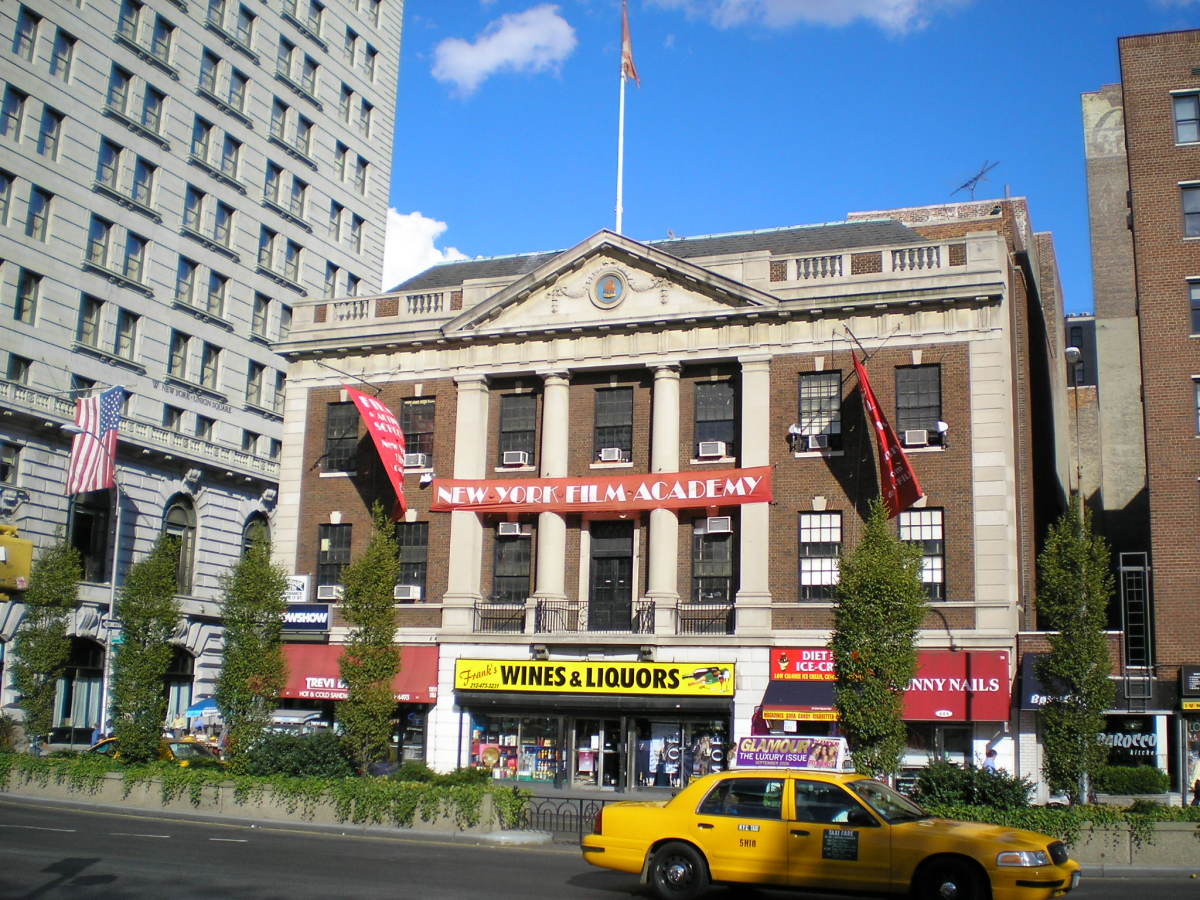

“It tends to separate you from the play, from the action of the play, from the circumstances of the play, and from the author’s intention.”

“To go back to a feeling or emotion of one’s own experience I believe to be unhealthy,” Adler explained in 1966 after she had established herself as one of the foremost acting teachers in the country. She returned to the Group Theatre with an urgent corrective: The actor must imaginatively enter the circumstance of the play, concentrating on the actions of the character, not his or her own childhood hurts and resentments. To her temperamental mind, Strasberg was an interloper preaching a psychological technique that wasn’t only impractical but injurious to the longevity of a performer.Īfter studying firsthand with Stanislavsky in Paris, Adler contended that Strasberg had badly misinterpreted the Russian master. What could Strasberg teach Adler that she hadn’t already learned as a girl acting with her nearest and dearest on stage? She was born, as she said, “into a kingdom,” a princess of the Yiddish theater. The daughter of international Yiddish theater star Jacob Adler, she was far too imperious to defer to Strasberg, who was working out his theory of affective memory, the mining of an actor’s private experience for the attainment of a more acute realism. The exclamatory title of Sheana Ochoa’s biography of legendary acting teacher Stella Adler invokes Marlon Brando’s tormented cry in “A Streetcar Named Desire.” It’s a fitting allusion: Brando was Adler’s most famous pupil, and his endorsement of her teaching over Lee Strasberg’s Method was a crucial victory in the rancorous war between these two American interpreters of Stanislavsky’s revolutionary system of acting training.Īdler and Strasberg’s bickering began at the Group Theatre, the groundbreaking Depression-era collective that Strasberg formed with Adler’s future husband, director Harold Clurman, and producer Cheryl Crawford, aimed at endowing the America theater with a political conscience and promulgating a startling new brand of realism.


 0 kommentar(er)
0 kommentar(er)
